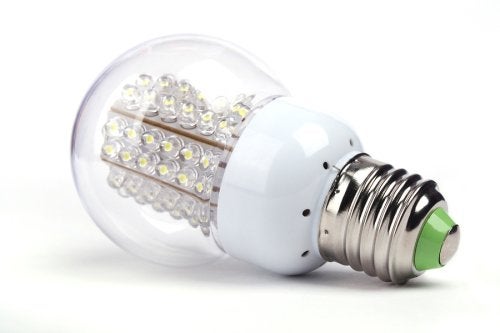Artificial lighting is one of humankind’s greatest achievements. Electric lighting was an especially important invention, as it provided considerably more illumination than the coal and gas counterparts that preceded it, and at a lower price. Of course, the wheels of progress never stop turning, and there are always improvements to be made. LED (light-emitting diode) lighting is a revolutionary method of illumination that is used for everything from digital clocks to custom signs on businesses. But how do LEDs work?
An LED light is essentially a small bulb that fits into an electrical circuit. LED lights are unique in that they don’t have a tungsten filament, unlike traditional light bulbs, and they don’t get anywhere near as hot. The LED light comes from the movement of electrons within the semiconductor material. The electrons behave in such a way that allows for the release of energy in the form of photons, or light. LEDs have become very popular in recent years thanks to their extraordinarily long lifespan: they’ve been known to last thousands of hours longer than traditional incandescent bulbs.


